Conflict Resolution

People are multi-faceted
Your approach to Conflict Resolution should be too.
In many cases, conflict in the workplace just seems to be a fact of life. When groups of people come together from different backgrounds and cultures, it’s inevitable that there will be misunderstands, differences of opinions, and “personality conflicts.”
Conflict is usually the result of differing opinions, perspectives or approaches that are rooted in our paradigms of the world. Group members may attempt to resolve individual conflicts by actively communicating information about their beliefs and motives and by making an effort to understand the other person’s position.
A wide range of methods exist for addressing conflict, including but not limited to, negotiation, third-party mediation, and active listening (Restate, Paraphrase, Summarise).
Assessments are another tool that can help to resolve conflict — and, crucially, prevent it before it actually happens.
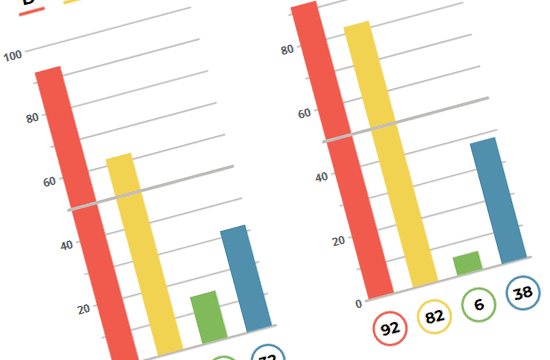
DISC Profile in Conflict Resolution
This assessment measures 4 core behavioural tendencies.
With an understanding of our behaviour and communication style, the DISC profile can provide insight into the common sorts of conflicts that occur — particularly between people with opposite preferences. Understanding each other’s natural tendencies helps people understand what to expect and can prevent conflict before it occurs. Having a common language to discuss behavioural differences is key to preventing conflict.
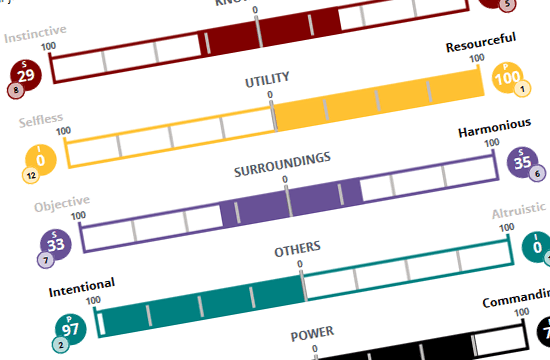
Driving Forces Profile in Conflict Resolution
This assessment measures 12 personal drivers or motivators.
Values are the true source of conflict, yet people seldom have a framework for discussing this crucial aspect of life. On a fairly regular basis, most people will face situations that are a conflict of values between themselves and another individual. This conflict or difference of perspective can’t be avoided, but it can be minimised by understanding how other people view the world and gaining a respect and appreciation for these different viewpoints.
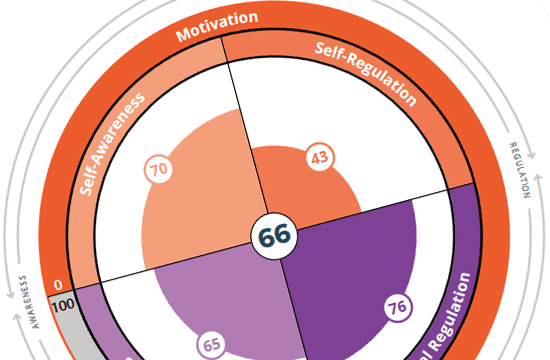
TTI Emotional Quotient in Conflict Resolution
This assessment measures 5 core dimensions of EI.
Research suggests that emotional intelligence directly influences conflict resolution. Emotions are both a cause and escalator of conflict as well as a key component of its resolution. Once we accept that emotion is an integral part of all conflict, the issue of how emotion influences the management of conflict becomes central. The EQ profile is a framework for conflict prevention and resolution.
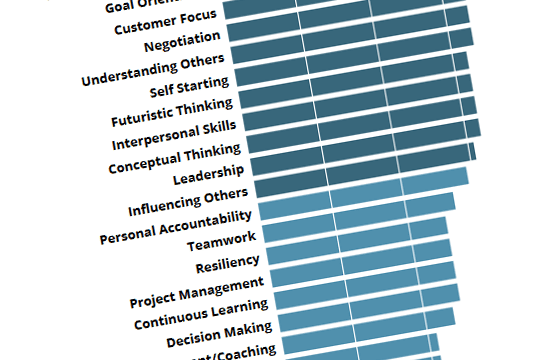
DNA Profile in Conflict Resolution
This assessment measures 25 competencies or soft skills.
The DNA profile is so named because there are 25 soft skills that are the basis (or building blocks) for performance across many different roles. Our level of mastery in each skill, including skills that are specific to conflict management, such as Empathy, Negotiation and Diplomacy & Tact, will help people understand how to best work with each other and avoid the potential for conflict before it arises.
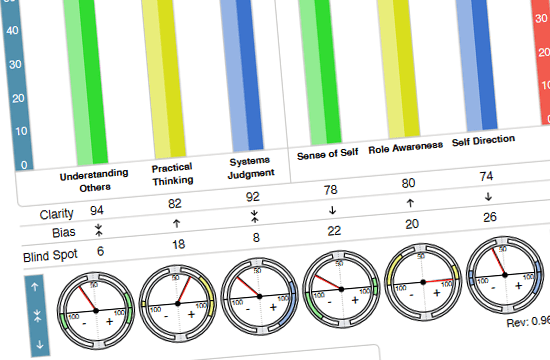
Acumen Capacity Index in Conflict Resolution
This assessment measures 3 core dimensions of thought.
Everyone's brain has a unique thought process or model through which we filter and assess our views of the world. These patterns of thought determine our acumen: our ability to make good judgments (related to, but different from, business acumen). Understanding our acumen allows us to understand our natural talents and overall potential.
Your Difference: Multi-Science Profiles
One of the advantages of the TTI suite of tools is that we offer you “multi-science” reports, which provide integrated feedback. With this multi-dimensional view, leaders and managers are able to understand themselves and others at a much deeper level than just using a single assessment. The additional advantage to multi-science assessments is they provide you with a layered development plan for leaders. For example, leaders can work through information on their behavioural style, driving forces, and emotional intelligence in one short sitting or they can tackle it one phase at a time over several months. Multi-science reports provide better options for training, more comprehensive information, and more “ah-ha” moments.
